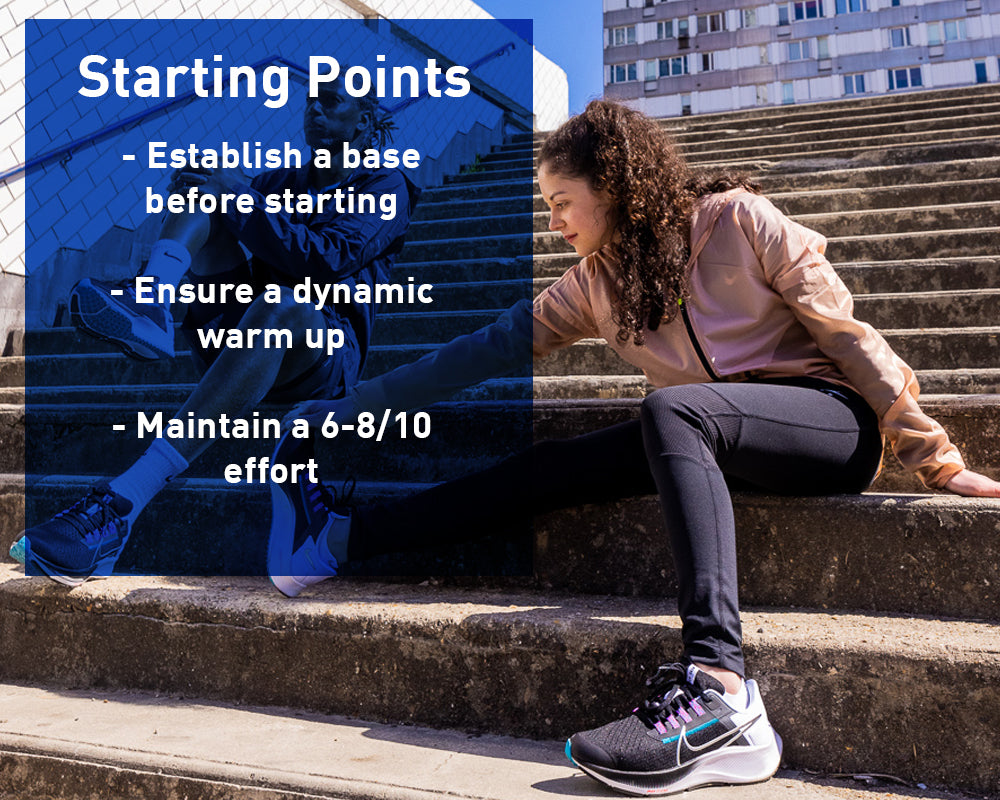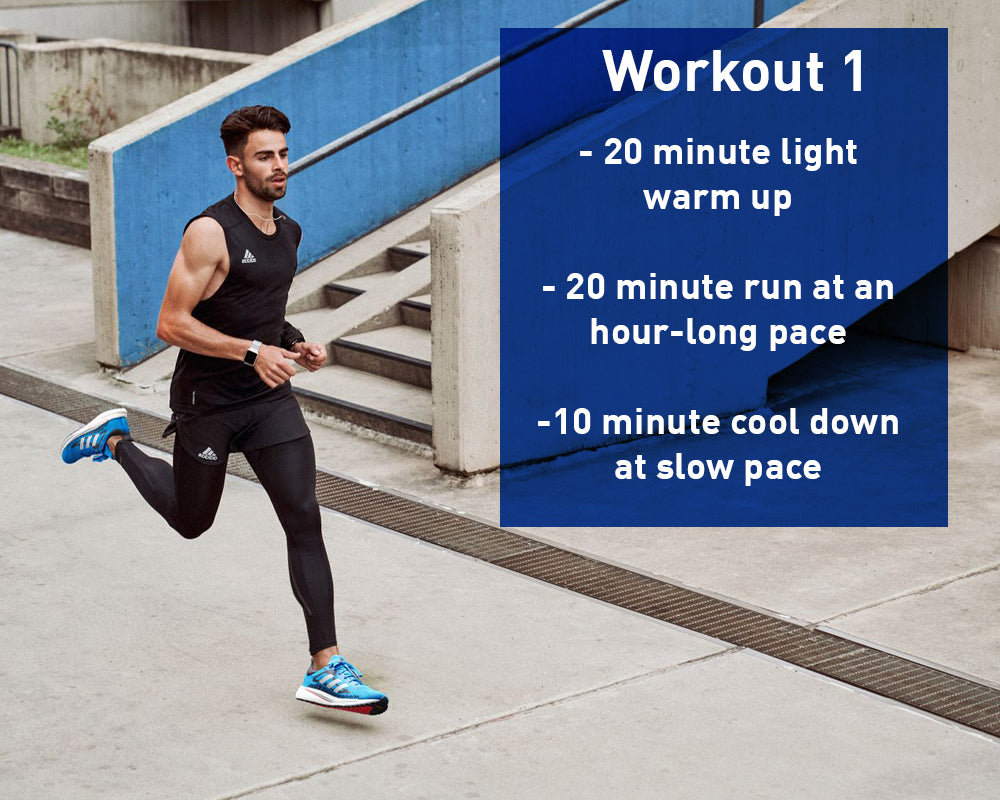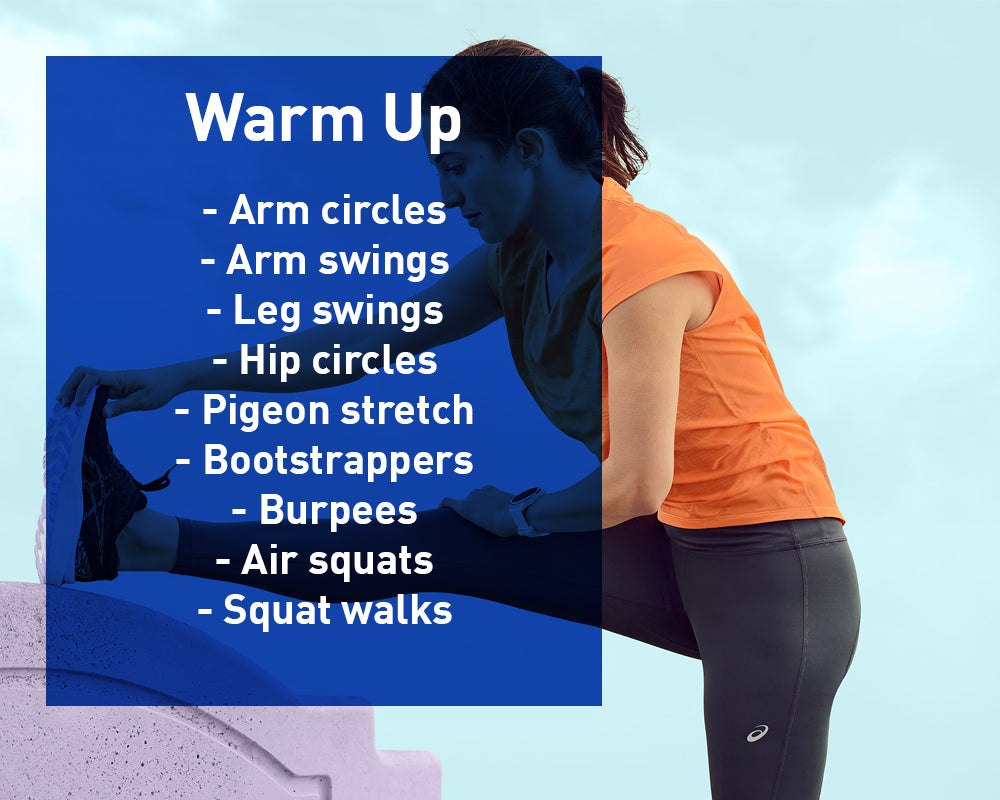
What Is A Tempo Run?
So, you know what it feels like to run at a leisurely pace and probably at full throttle too, but are you still confused as to what is a tempo run?
Basically, a tempo run is the middle ground of the aforementioned paces and is excellent for building endurance and speed, while not being as tough on the body.
Sounds good, right?
What are the benefits to Tempo Runs?
Tempo runs should be a part of your weekly workout schedule.
Just like trail running, which we covered a in a previous blog, tempo runs are a great way to freshen up your training.
These workouts will help you learn how different paces feel and will help you become more aware of your own talents (and limits).
They also improve mental toughness, which is beneficial when trying to go further or quicker and they also develop capillary beds (which supply oxygen to active muscles) more effectively than simple exercises.
By routinely doing tempo runs during your training, your body (and mind!) will know that it is a task that can be accomplished on race day. You’ll know what speed works best for you and how long you can push yourself–also known as your threshold pace.
While also establishing capillary beds (which supply oxygen to exercising muscles) faster than easy or hard runs.
How do I do a Tempo Run?
Okay, so you’re sold on the advantages of a tempo run. But how do you go about doing a tempo run?
Tempo runs are best done once you’ve established a running base. That is, don’t make this your first run after a 6-month break! This workout is best done on your middle distance run (typically in the middle of the week).
Baby steps.
Establish a Start with a dynamic warm-up and some gentler kilometres to loosen yourself. Finding the correct tempo pace may take some trial and error, and it also depends on the distance you’re training for.
Keep in mind that we’re looking for a 6-8 out of 10 effort. You can maintain closer to a 6 out of 10 if you’re training for a marathon, whereas a 5k or 10k runner might push closer to an 8.
Tempo Run Workouts For You To Try?
Spruce up your workout this week with one of the following workout routines.
Lactate-Threshold Run
What exactly is it? A workout at a speed that produces and removes lactate (a metabolic by-product of exercise) at a nearly equal rate.
When it builds up in the blood quicker than your body can eliminate it, you begin to slow down. This workout teaches your body to maintain the fastest speed where the blood lactate levels remain constant for extended periods of time.
Confused? Don’t be.
The Workout: Warm up for 20 minutes with easy running, then run for 20 minutes at a pace you think you could maintain for an hour. You should only be able to speak in short bursts. Cool down by running for 10 minutes at a slow pace.
Race-Pace Run
What exactly is it? A workout in which you practice running at the pace you want to run in a marathon or half marathon. You’re basically educating your body how to efficiently utilize lipids and carbohydrates on race day.
The Workout: Every three weeks, replace your typical long run with one that includes a race-pace portion every three weeks.
Warm up for 3km, then run at race pace for 9 to 12km (depending on where you are in your training), then cool down for a 1.5k if you’re preparing for a half marathon.
Warm up for 3km if you’re training for a marathon, then work a race-pace block of 9 to 23km into a long run.
And don’t forget to warm up!
Some simple exercises can include:
- 20 arm circles, each direction
- 20 arm swings
- 20 leg swings, each leg
- 10 hip circles, each leg clockwise and counter-clockwise
- 10 active pigeon stretches, each leg
- 10 bootstrappers
- 10 burpees
- 10 air squats
- 4 rounds of squat walks
So get out there and freshen up your workout with a few tempo runs and see can it benefit you in the long run (no pun intended!).
Let us know your feedback.
And, for all things Running, visit our website right here:




